The pandemic has upended everything. So what does this mean for brands looking to capture loyalty?
The loyalty landscape for brands across the banking, travel and hotel industries has been forced to rapidly adapt to changing consumer behavior. Although we believe travel will recover, in the near term reliance on point redemption for hotel stays and flight bookings for loyalty is unlikely to generate the same type of engagement and brand devotion it did before March.
We've surveyed travel executives, and gathered creative ideas from around the world to list 19 trends that are driving loyalty in the "new normal."

1. Partnership drivEN value
Shortly after lockdown began, many major credit cards, airlines, and hospitality brands began announcing partnerships. Partnerships have always provided symbiosis - brands can extend the relevance of their loyalty program with benefits and redemption options, and partners get access to new audiences - win win. However, partnerships have become more crucial than ever as impacted companies and industries tether themselves to companies, trends, and industries that are less impacted by COVID.
A perfect example is the Spring/Summer scramble by issuing banks to provide food delivery as a benefit to cardholders. (More on this in our whitepaper - Banking Rewards & Dining: A Changing Landscape). With consumer spend shifting it was important for credit cards and banks to align themselves with the booming food delivery industry.
These partnerships paid off: loyalty-integrated food delivery usage spiked at nearly 200% above average, and remains nearly 30% higher year-over-year.
Recommendation: If your brand has been impacted due to COVID-19 seek out partnership opportunities in red-hot industries like food delivery, streaming services, home office equipment, or home improvement.
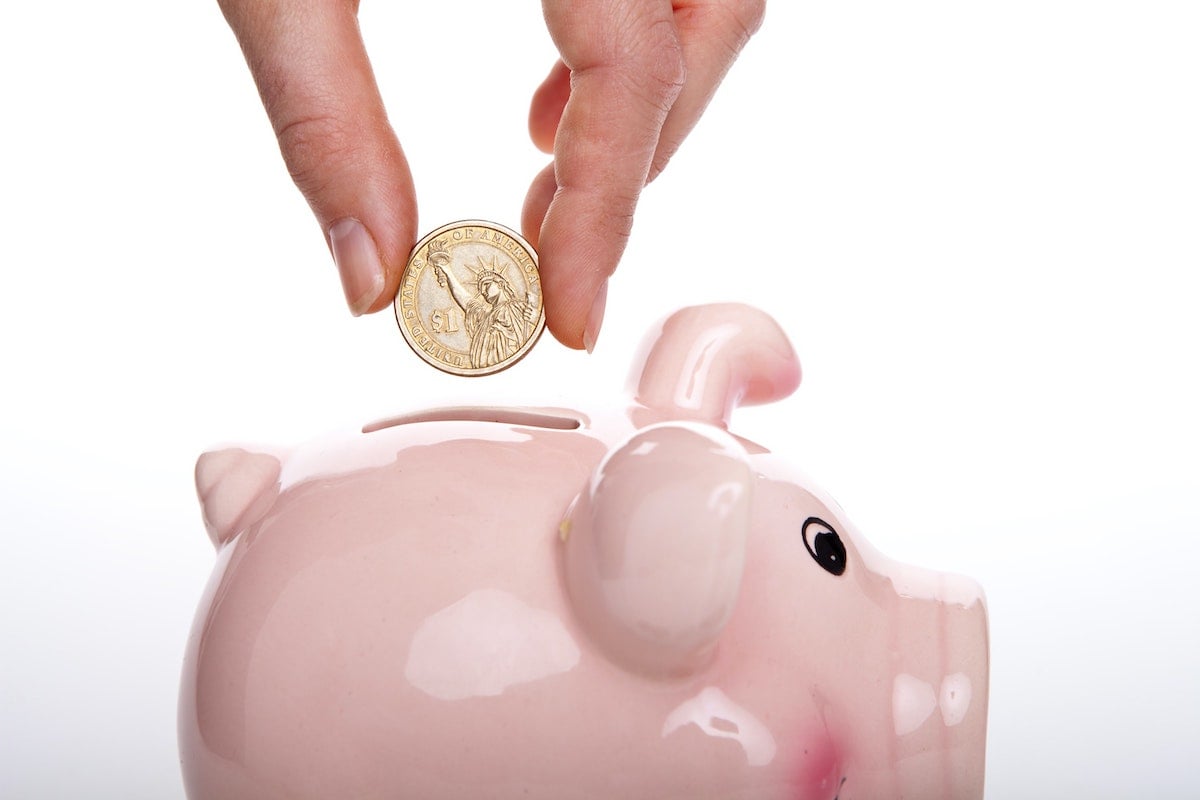
2. Thrift
Consumer behavior continues to reflect deep economic uncertainty. Although consumer optimism has largely trended up since May, outside of India and China virtually all consumers are expecting to spend less in nearly every spending category. The US savings rate jumped from around 7% pre-pandemic to 14% by August.
The post-COVID consumer is looking for bargains, and less likely to splurge. They are more focused on essential products, and home-centric items.
Loyalty in the form of luxury may be less relevant today than in 2019. Instead, consumers at all income levels are in search of good deals and savings.
Recommendation: Deliver on value-oriented benefits for the new, thriftier consumer. This might include offers like Amazon shopping, grocery store rewards, or generous cash back benefits.The closer to cash the better!

3. Health, wellness & beauty
We’re all looking for ways to improve our wellness in a time of intense stress to both our minds and bodies. Google searches for home workouts, supplements, and meditation spiked in March and April, and many people cited gyms and salons as their most missed amenity during the pandemic. Although some gyms and spas have reopened, any brand that helps their customers fill that gap is well-poised to earn their loyalty.
Look for ways to give customers access to wellness resources as a means to both maintain relevance and to encourage points redemption. From remote facials, which combine a skincare box and a remote visit with an aesthetician, to yoga and other fitness classes, there are all kinds of ways to imbue wellness in your brand promise.
Recommendation: Integrating with fitness tools and products, as well as beauty brands, can help fill gaps in customer experience. For hotels, this might be integrating at-home workout videos into your televisions. For airlines, meditation apps can improve the in-flight experience. And for financial brands partnering with high end health and beauty products can drive additional card spend.

4. Human connections
After an extended period of reduced interactions with friends, as well as fewer milestone trips and family get-together, we’re all craving human connection. While we can’t fully satisfy that need right now, brands can provide a human touch during this time of stress an uncertainty.
Chatbots, natural language processing, and self service features have all received heavy investment over the past decade for their long-term ability to cut customer service costs. But the complexities of the pandemic have revealed the enduring need for real humans to solve the most challenging problems, and calm customer fears about cancellation policies, flexibility, and cleanliness. Technology and humanity need to be woven seamlessly to provide the ideal customer experience.
Recommendation: Ensure your staff is trained in handling edge cases that ultimately arise in times of uncertainty. Empower your concierge and customer service representatives to solve problems instead of follow rigid policy. Customers will remember the brands that made things easier instead of more stressful.

5. Creativity to maintain relevance
We've gone through a pandemic, a recession, and an election all in the last 8 months. The rules no longer apply.
That's why you're seeing brands get creative with loyalty. Of course there continue to be table stakes features of programs, but truly unique, engaging, and leading edge offers are the ones getting press and driving adoption. A few examples:
- The Maldives launched the first loyalty program for a country - rewarding travelers based on the length of their stay and their spend while in-country.
- Spirit Airlines launched double points-earn for spend on ancillaries like bags and leg room - turning one of the key complaints about the brand into an opportunity for travelers.
- Chase launched virtual cooking classes with master chefs, paired with meal prep kits - up-leveling their partnership offering through the access to experts and celebrities.
- Hyatt, Hilton, and other brands have launched Work From Hotel packages - transforming unused rooms into day-rate office spaces for workers who need a change of pace from the kitchen table.
The point is, brands are thinking outside the box. Sign up bonuses and low rates shouldn't be the only levers you are pulling in this environment.
Recommendations: Consider how your assets can be used in non-traditional ways.

6. local Focus
With continued restrictions on international travel, and quarantine regulations for many top destinations, many consumers are looking for leisure opportunities close to home. Staycations eliminate the burdens of traveling during a pandemic, and offer an added benefit of supporting local businesses.
For travel and hotel brands, there is renewed focus on promoting the hyperlocal and reaching out to potential guests nearby. In fact, staycations with deep discounts can be used to introduce new customers to a brand, as with lower travel costs and shorter trips, travelers may splurge at a higher tier brand, or spend a bit more for an upgrade.
Recommendation: Shift messaging to focus on achievable travel and engagement with local companies rather than international blockbuster trips. Make your customers feel good about staying home, supporting their local community, but still breaking up the monotony.

7. Last-minute friendly
Travelers are booking more last minute than ever. Per the Adara Traveler Trends Tracker only 6.25% of hotel stays booked more than 90 days in advance and fewer than 10% of flights booked more than 60 days out. Skyscanner notes that there has been a 21% increase in last minute bookings, Travel decisions are being made in a shorter booking window.
Recommendation: Brands need to stay flexible, embrace the possibilities of changes and cancellations, and optimize pricing so that last minute prospects feel compelled to make the purchase. Credit cards can benefit as well by showcasing their travel insurance products to help make consumers feel safer about their bookings.
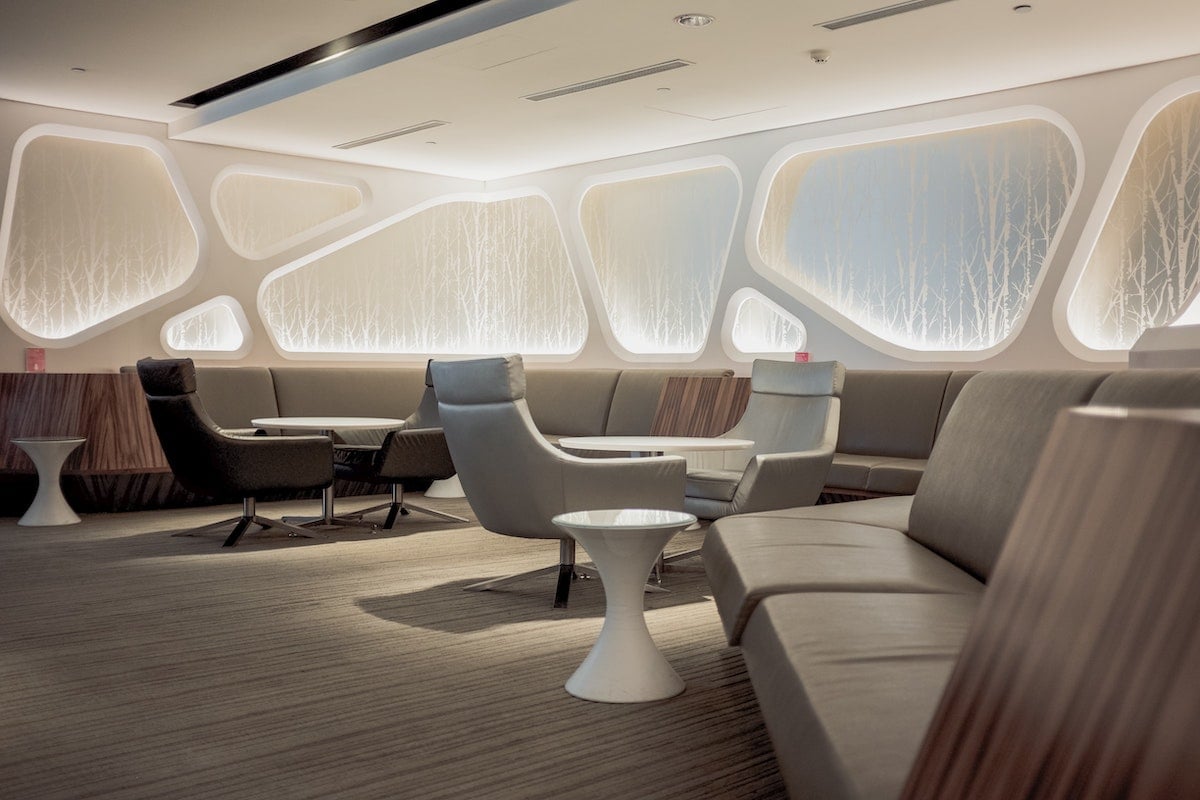
8. EMBRACE THE SWITCH
During a pandemic when value and convenience have become synonymous with saving money and staying safe, consumers are much more willing to try new brands. McKinsey recently found:
“consumers are more than three times as likely to trade down to lower-cost brands or retailers when shopping a standard basket of goods as compared to last year."
With the lower perceived cost, and often necessity, of switching to a new brand, there’s an opportunity to translate a first-time buyer into a loyal repeat customer for the long-term. Banks should focus on helping consumers find the best match on cost and convenience, while travel companies should double-down on a brand promise of finding the best options for a given search.
Recommendation: Status matching programs are a low cost, and proven way to entice new customers. In this era of untethered loyalty, all brands should be actively engaged in a wide variety of status matching programs both with competitors and across the ecosystem.
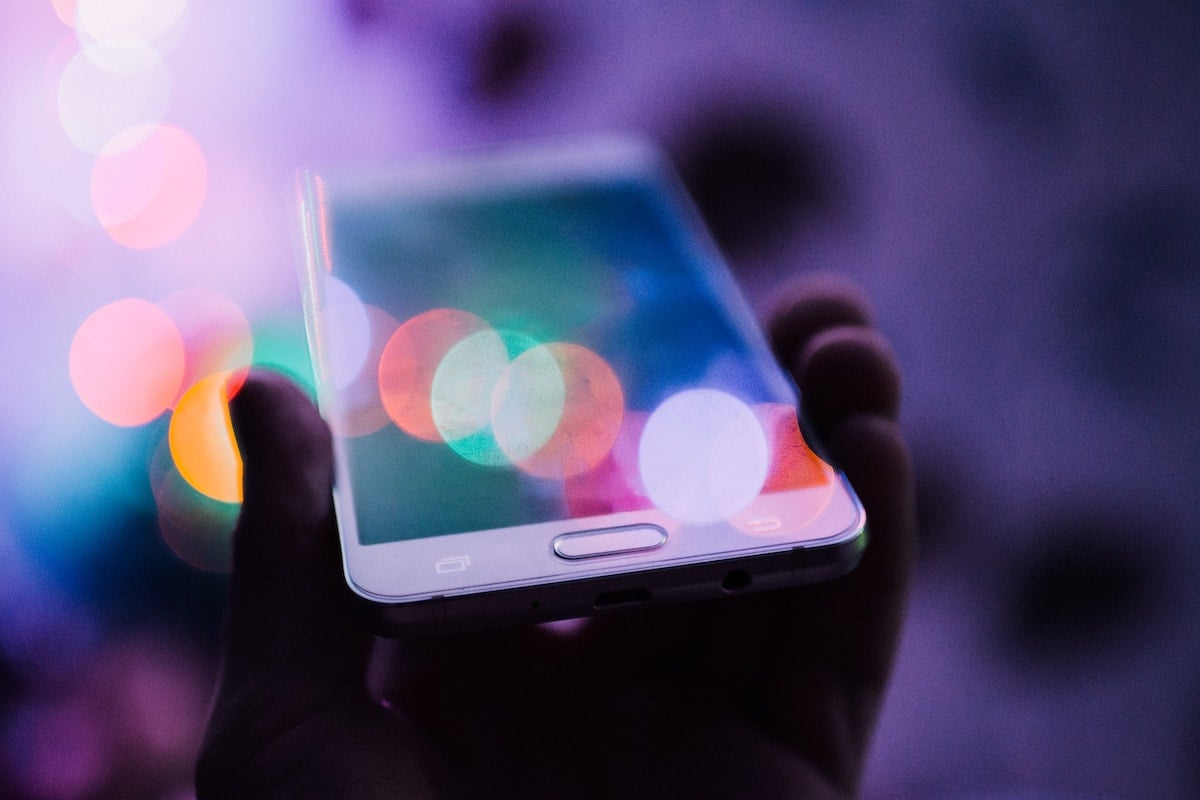
9. Omnichannel Experience
With eCommerce spending up 77% year-over-year, the percentage of spend occurring digitally is growing. Consumers are even increasing their online purchases of items like groceries, fragrances, and home improvement supplies which have typically heavily skewed towards in-person purchase.
But, even during a pandemic, physical outlets are a critical part of a loyalty strategy that imbues flexibility across all brand touchpoints. Faced with a critical investment decision - up-leveling the in-person experience, or doubling-down on digital - the most successful brands are finding that both are crucial to long-term loyalty.
Recommendations: Keep the teams managing your physical touchpoints in lockstep with your digital teams. Ensuring delivery on your brand promise is consistent no matter how the customer engages. Additionally, map out customer journeys that include a mix of physical and digital touchpoints to ensure you can accurately track and attribution model.

10. Microburn
Many loyalty execs are concerned about unsustainable levels of point accrual. Normally, these points would be used on booking travel. But with travel at a standstill, there are fewer opportunities to use accrued points -- even as consumers continue to earn more points by spending on their co-branded cards.
With most travel on pause, you need to think beyond travel points. Onboarding opportunities for microburn, such as food delivery, wellness classes, or gift cards, can help alleviate this buildup, and provide reasons for cardholders and loyalty members to engage with the program even though they aren’t booking travel.
Loyalty members who participate in microburn opportunities spend more, book more frequently, are less likely to cancel, and have been more active during COVID-19 than those who only purchase core products, so it behooves every brand to have a variety of loyalty offerings at a variety of price points available. Even your highest tier members and big spenders are likely to appreciate ways to burn a few thousand points that fit seamlessly into their quarantine lifestyle. But members with a lower points balance will also appreciate the opportunity to get value out of your program.
Recommendations: Evaluate the cost of redemption opportunities in your portfolio. Ensure you have a mix of offerings, a robust catalog of offerings that make sense during periods of low travel, and ample options to redeem at a lower price point.
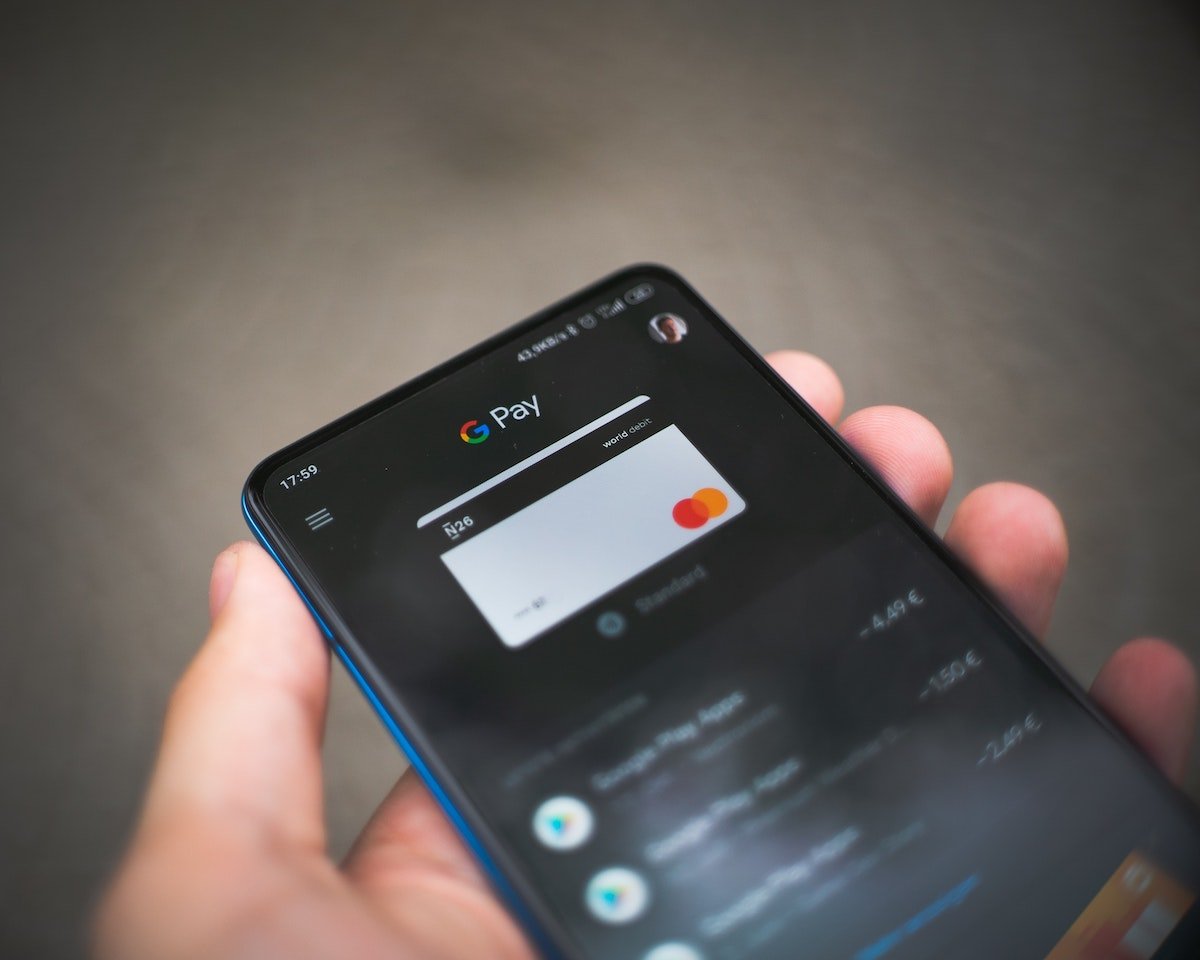
11. Contactless
On Apple's 2020 earnings call, CEO Tim Cook predicted that the pandemic would accelerate adoption of contactless payment options
As you can imagine in this environment, people are less wont to hand over a card. Contactless payment has taken on a different level of adoption and I don't think we'll go back. The United States has been lagging in contactless payments and I think the pandemic may very well put the U.S. on a different trajectory there. We are very bullish on this area.
Credit card transactions are only one place where investment in contactless technology is trending. Stores now have contactless pickup processes for orders of everything from groceries to furniture. Hotels have replaced keycards with app-powered door locks and elevators. Airlines have eliminated printed tickets in favor of a QR code. Although we may be less concerned with diseases post-vaccine, the ease of contactless is likely here to stay.
Recommendations: Transition more processes to function on your customers' mobile devices. Checking in and out, ordering food, communicating with staff, and customer service can all take place safely though a mobile device.
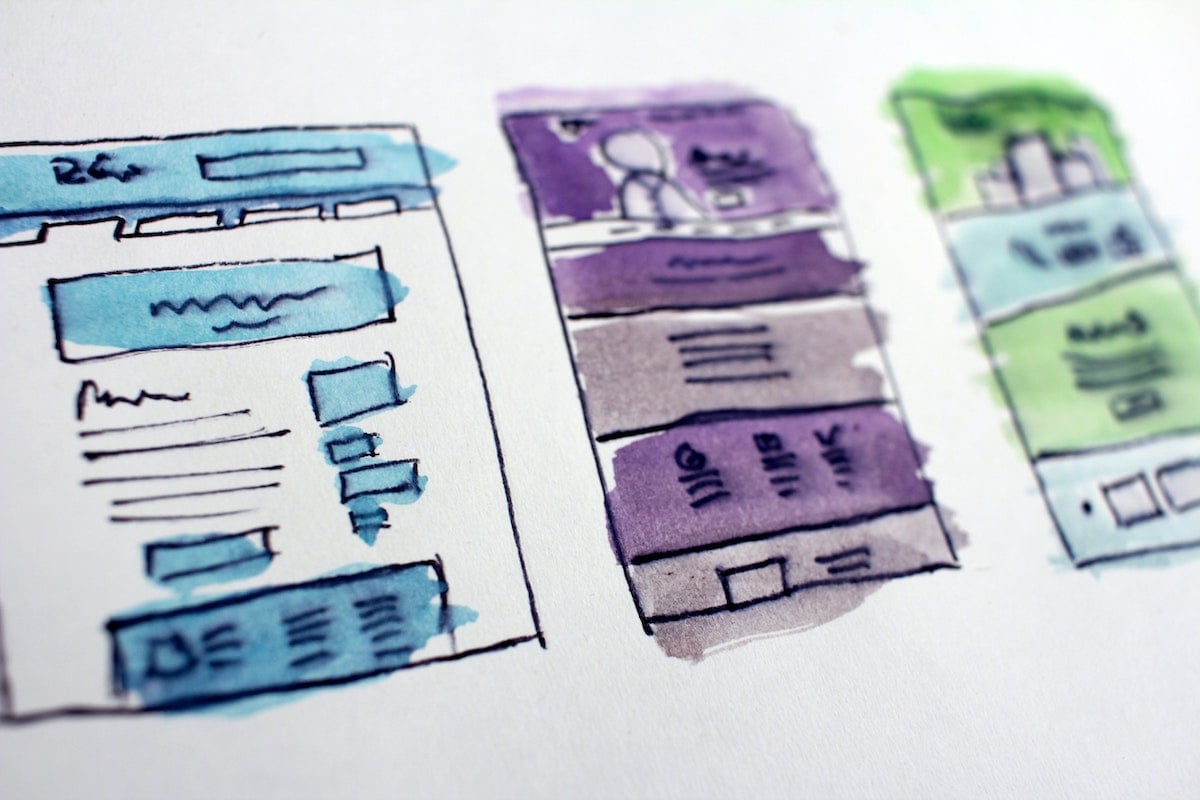
12. Personalization at scale
According to an Accenture survey, 40% of consumers would switch banks for more personalized service. Personalization is expensive and can be challenging to do, but it is increasingly becoming a must-have for large brands.
- 70% of millennials are frustrated with brands sending irrelevant emails. – SmarterHQ
- 91% of consumers say they are more likely to shop with brands that provide offers and recommendations that are relevant to them. – Accenture
- 66% of consumers say encountering content that isn’t personalized would stop them from making a purchase. – CMO by Adobe
The pivot to digital-first means that companies are sitting on top of more data than ever. As more consumers transact via digital channels, brands can see complete purchase paths, including entire user sessions that reveal granular details around the entire research and consideration phase. That data can then be used to serve up more relevant offers, optimize pricing, and get a better return on marketing spend.
Recommendation: Invest in standardizing data so that you can understand the full customer experience. Personalization requires data mining, and that becomes more difficult if different pieces of the customer journey live on different platforms.

13. Customer experience & UX
According to a recent Gartner Magic Quadrant Report, customer experience drives over 2/3 of loyalty, more than price and brand combined! Customers who report having a great experience have a 74 percent higher likelihood-to-recommend-the-brand score.
A few key elements are what drive the perception of an outstanding digital experience. Among them:
- Ease of navigation
- Speed
- Mobile-friendliness
- Visual appeal
- Relevance of content
Amazon, Target, and Publix are among brands perceived as having the best digital experience.
Recommendation: Take this time to invest in your digital properties including your website and mobile app. Small upgrades can help you be more competitive without lowering price, and easy-to-use mobile sites and applications can help generate repeat visits and loyalty.
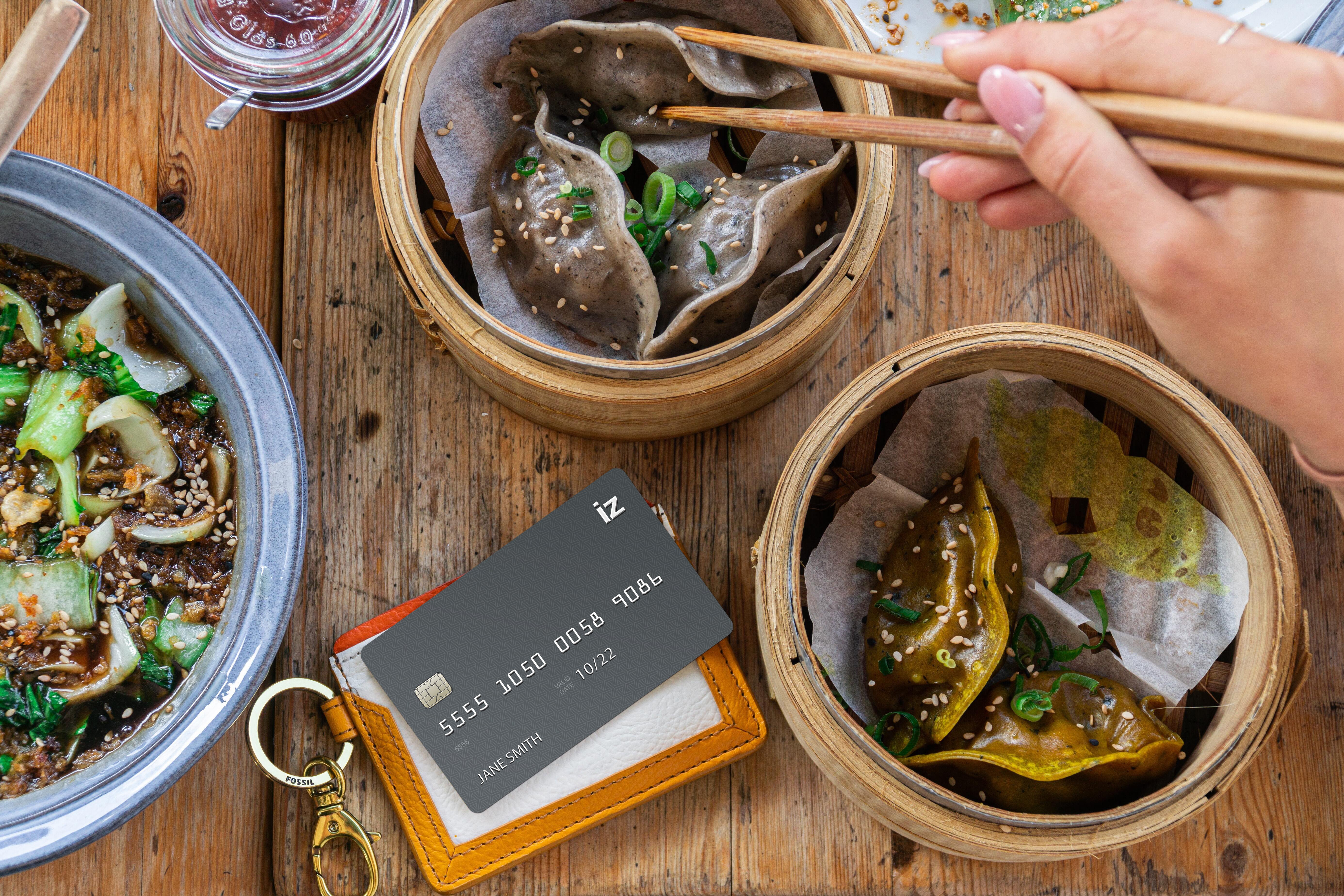
14. DINING REWARDS
One thing hasn't changed over the past 8 months - we still need to eat. Grocery spend and food delivery spend have both climbed since March and in-person dining has recovered more quickly than other leisure activities. Even for brands that don't have a strong association with food, connecting consumers to delicious eats is a great way to build loyalty.
Most major credit cards have switched up their benefit and earning blend to reflect dining as a key spend area. And although consumers may change the products they purchase, or become more price sensitive, dining and food spend will always be present.
Recommendations: Find ways your brand can positively impact the way your top customers are eating. This may be through offering restaurant reservations or access to exclusive offers, discounts on meal kits or specific branded products, or offering point redemption on food or grocery delivery.

15. pent up demand
Airline executives believe that pent up demand will shortly eclipse COVID conerns. With this will likely come a major surge of bucket list trips, as well as rebooking of major milestone trips that had to be canceled.
38% of travelers intend to plan a trip to make up for a missed celebration and 40% will rebook a trip that was cancelled due to the pandemic.
COVID-19 has also made many people more inclined to make up for lost time once the pandemic is over: 42% want to travel more to make up for the loss of 2020, a stat that rises to 51% for Gen Z, and 49% for Millennials. Brands that stay top-of-mind today will be well-positioned to fulfill this pent-up travel demand in 2021.
Since many customers use loyalty bank cards to pay for vacations and other experiences, and book more luxurious travel than they would pay for in cash, point buildup can spur bookings of these larger trips.
Recommendations: Craft messaging for high-point balance customers showcasing opportunities for major travel as the pandemic wanes. Use their pent up demand to drive searches, engagement, and eventually bookings through your platform.

16. Giving Back
Q3 2020 saw a 21% increase in searches for charities and charitable donations, a large swell after an uncertain Q2 led to a decline in non-profit giving. Economic impacts of the virus, as well as major events like wildfires, hurricanes, and political unrest have tugged at consumers' heartstrings.
Many loyalty programs offer easy ways to redeem points in exchange for a charitable donation. This opportunity not only helps your loyalty member feel good, but is a fantastic opportunity for the brand as well. Partnering with charities drives goodwill and can elevate your organization above others in the consideration set.
Recommendations: Offer loyalty members a way to get involved with giving back, whether through point redemption, publicized donations, or volunteer opportunities.

17. Focusing on the elite
Following the announcements in March/April about status extensions for elite loyalty members, both airlines and hotels have been relatively quiet about what the pandemic means for their top tier customers. Many of these favored customers are business travelers who rack up points flying for work, and there remains uncertainty about how quickly business travel will return - will these big spenders be as profitable to cater to in the future?
However, this silence erodes brand loyalty. Without assurance that their status and benefits will persist elite travelers have no incentive to consider or book future travel with their primary brands. There is an opportunity both for brands to reassure their own loyalty members, and to capture new members by being the first to codify policy for beyond 2021. Additionally, the removal of change fees for all or most trips booked removes one of the main benefits for elite travelers.
Companies need a strategy that focuses on retaining their top tier members. Or a status match strategy that an entice switching.
Recommendations: Brainstorm creative new benefits for your top loyalty members to ensure they have access to exclusive offers that aren't available to the masses. Be clear about how they will lock in status beyond 2021, and expand the ways for them to do so if travel remains low.
18. Sustainability
“Despite the angst around COVID and all of the attention that it requires, it dawned on us that our partners and our consumers both continue to feel the urgency to do something about the climate.”
Mastercard Chief Digital Officer Jorn Lambert pointed to recent wildfires in the United States, the Amazon rain forest, Africa and Australia as catalysts.
Mastercard joins other major brands with a commitment to sustainability and environmentalism, expanding its Priceless Planet Coalition to plant more than 100M trees. Similarly, both JetBlue and Delta announced in early 2020 that they are working towards carbon neutrality, offsetting the emissions of every flight.
This trend will continue as the majority of Americans now believe the environment and climate should be a key priority over the next decade. Particularly in travel, which can be perceived as having a negative climate impact, brands can generate massive goodwill by publicizing responsibility, even if the plans are long-term.
Recommendations: Showcase any green initiatives your company is engaged in to ensure consumers see your alignment with global priorities.

19. Subscriptions
Inspirato launched a few years ago, offering subscription access to high end vacation rentals. And COVID has only increased travel companies' interest in a subscription model. It would help alleviate market fluctuations, reduce seasonality, and create built-in customer loyalty: a powerful trifecta of benefits.
Recently, TripAdvisor announced their own subscription program that will offer a discount on their 400,000 experiences and activities. IHG, Marriott, and Accor also claim to be considering a subscription model, or some type of payment plan, to lure travelers into spending for future travel.
Recommendations: Even if a full-fledged subscription program isn't a fit for your business, consider what types of repeatable benefits and purchases may provide value to both you and your customers.
As of this week, Pfizer has announced that a vaccine has entered clinical trials that shows 90% effectiveness in COVID prevention. Undoubtedly a vaccine will help travel rebound more quickly and consumer confidence to surge. However, the impacts of this pandemic are likely to persist for years or even permanently. We hope this list helps inspire you with ways your brand can adapt to the new normal, delight your customers, and supercharge your loyalty program for the future.

